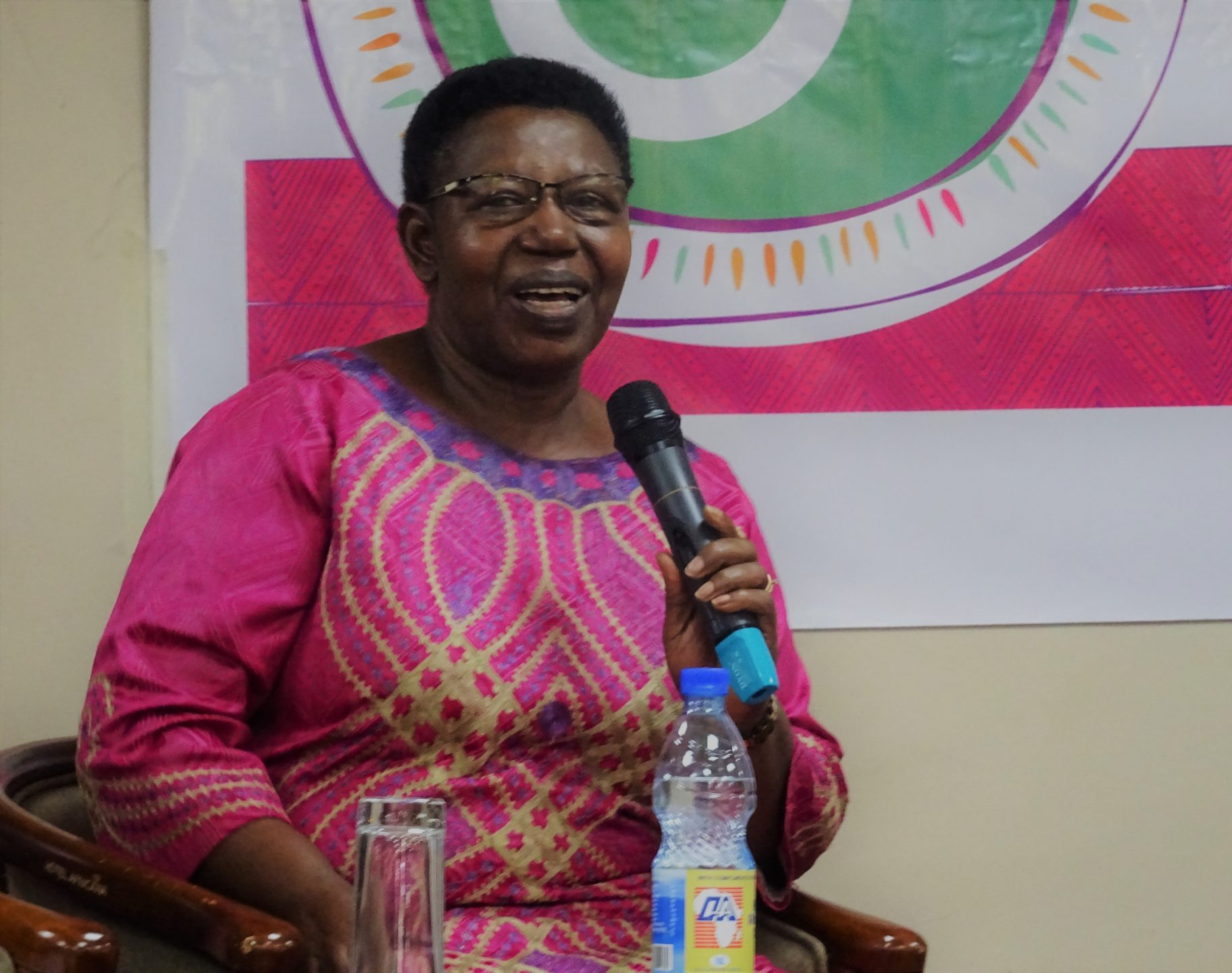Acknowledging the legacy of women organising in pre-colonial and colonial times (see Tamale 1999), most scholars trace the roots of the women's movement back to the process of independence culminating in 1962. In her work ‘The Situation of the Women’s Movement in Uganda,’ the renowned women’s rights expert Florence Butegwa explains that the first female politicians not only contributed to this process but also promoted full political participation and voting rights for women (Butwega, 2019). However, this level of activism saw a dramatic decrease in the following decades, when the succeeding authoritarian regimes allowed little, if any, autonomy for organising. The revitalisation of the movement in the mid-1980s was marked by two key events: the UN Nairobi Conference on Women (1985) and the new policy environment of the post-war period. Bringing to an end the so-called United Nations Decade for Women, the Third World Conference brought together numerous voices denouncing the inequality women and girls face across the globe (Tripp 2003). Especially inspiring for Ugandan attendees were the vitality and experience shown by their African counterparts, who had brought an agenda of 'gender equality' and 'women's empowerment' to their countries (Butegwa 2019). These winds of change coincided with a new, national context brought by the end of the civil war, also called the Bush War (1980-86) headed by Yoweri Kaguta Museveni. In response to women's role in the victory, the new government of the National Resistance Movement (NRM) enacted policies promoting their freedom of association and participation in the public sphere. This political gesture might explain the initial positive reception of women of the new government's suspension of multiparty politics (Guma 2017).
Consequently, the last decades of the 21st century saw the spectacular resurgence of women's organisations advocating for their rights and liberties amid the socioeconomic and political despair of the country. Aili M. Tripp, one of the most renowned scholars in thefield, analysed in her book Women and politics in Uganda how the women's movement had become 'the largest organised group within society,' and 'one of the strongest women's movements in Africa' by the mid-1990s (2000, 23-25). Figures such as Miria Matembe represent this process in the political sphere, where the high participation of women at local and national bodies was crucial for ensuring legal protection of women’s rights. Similarly, women invested efforts in building a broad, progressive civil society that could give visibility to these concerns. In effect, in terms of membership, the movement became highly heterogeneous and inclusive, gathering women from diverse economic, educational, religious, and ethnic backgrounds (Tripp 2003). This process of movement-building would culminate with the drafting process of the 1995 Constitution. Women's organisations engaged in joint action to raise awareness and foster country-wide participation of women in the process. Their contribution became crucial for the adoption of a progressive legal framework that guaranteed women's rights to 'equality, freedom and security of the person, freedom from violence (…) and the right to security and control over one's own body' (Guma 2017). In addition, 'affirmative action' policies were established to facilitate their access to higher education and decision-making spaces (UFF 2008). At the same time, activists such as Hilda Tadria would contribute to the expansion of the movement across the continent with the creation of Pan-Africanist networks, such as the African Women's Development Fund (AWDF). It is in this context that Akina Mama wa Afrika transferred its headquarters to Uganda, constituting one of the few organisations that publicly identified as 'feminist' (Akina Mama wa Afrika 2018). Last but not least, the academy became another critical player of the movement. Feminist scholars such as Sylvia Tamale and Stella Nyanzi took a step forward to open the debate around contested issues, including power, politics, and sex (Guma 2017, 20).
Nevertheless, the political shift of the country in the early 2000s would evidence the lack of the rulers’ genuine interest in these advancements. While women had proved instrumental for the NRM political legitimacy in the 1980s and 1990s, the instauration of multiparty politics in 2005 seemed to change their strategic agenda (Guma 2017). This reality came hand in hand with new economic and social challenges brought by increasing levels of globalisation, militarisation, and neofundamentalisms (UFF 2008). The resulting relocation of resources and shrinking civic space deepened the movement's fragmentation, limiting its capacity to act and protect previous gains. The Ugandan feminist scholar Josephine Ahikire, quoted by Butwega, defined the situation as follows: 'On the one hand, women have made inroads into important political and policymaking spaces, whereas on the other hand they are seen to have decreasing levels of autonomy and influence over the promotion of women's rights’ (2019, 20).
The articulation of the Ugandan feminist movement results from the efforts to reverse this trend. Following a number of national and continental processes culminating in the 2006 African Feminist Forum, a group of Ugandan advocacy leaders took a step forward to reaffirm their commitment to fighting for women's rights from a feminist standpoint (UFF 2008). Relevant figures such as Sylvia Tamale, Hope Chigudu and Sarah Mukasa joined efforts to gather feminists from the civil society, the public and the private sectors, and the academy to constitute the Ugandan Feminist Forum. The disavowal of the broader women’s movement around the ‘F-word’ led these women to create a separate space where they could collectively reaffirm themselves and strategize the way forward (UFF 2008). Despite the low numbers of self-identified ‘feminists’ in the country, it seems that their connection with others theorising and organising across the continent is pushing their capacity to act in new, creative ways.


